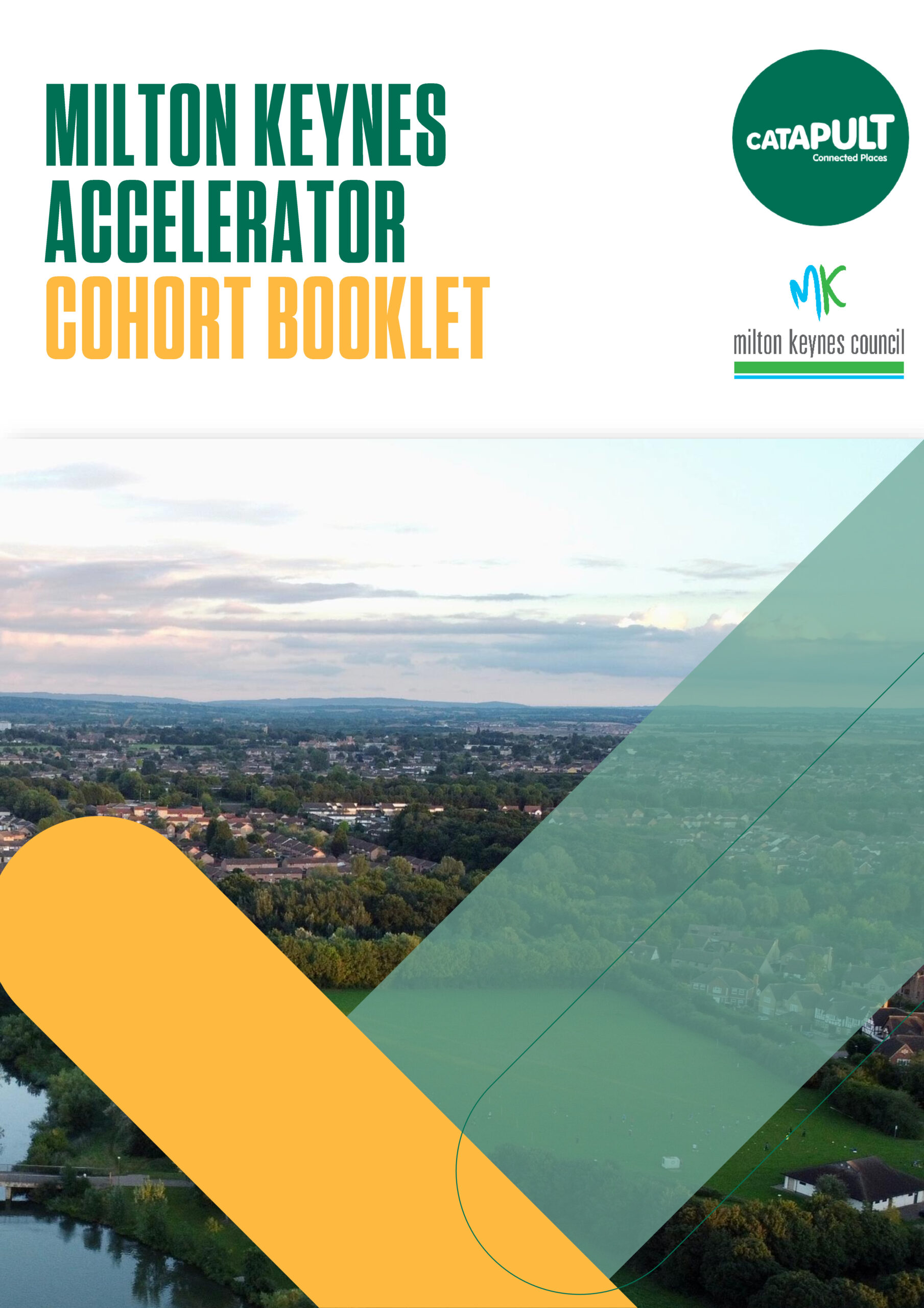Milton Keynes Accelerator Demo Day

When and where?
3:30pm - 6:30pm
Tickets
Event Details
Join us on the 16th of November for the Milton Keynes Accelerator Demo Day! A programme sponsored by Milton Keynes Council and powered by Connected Places Catapult.
The programme which was designed to support post-Covid recovery and Milton Keynes’ ambitious commitment to becoming carbon neutral by 2030, sourced and selected a cohort of 10 disruptive SMEs. They addressed challenges relating to sustainable mobility, renewable energy and air quality, infrastructure resilience and community engagement.
Demo Day will provide a forum for the cohort to showcase their businesses, demonstrate how they can collaborate with industry and local government and share their future roadmap as they continue to scale their partnerships with the Council and partners such as Amey, Centre MK, Socius Group and Elisa among others.
Why join as an investor?
Come and meet the brilliant entrepreneurs that took part in the programme
Get to know the latest smart city trends
You’re interested in rubbing elbows with founders, executives, and investors
Why join as an industry player?
Discover new innovative solutions that can help your company deliver better, more resilient and greener projects
Create valuable connections with other players in transport, infrastructure and sustainability
Agenda
15:30 Registration & Networking
16:00 Welcome
16:10 SME presentations
17:00 Exhibition, Networking & Buffet
18:30 Close
You can download the cohort brochure to find out more below.
If you have any questions, please reach out to:
Andrea Perez Cipollitti – Accelerator Programme Manager andrea.pcipollitti@cp.catapult.org.uk

Green machines: can drones help achieve net zero?

You don’t need to be an environmental scientist to know that the UK’s overcrowded roads increase damaging emissions. Nor, however, do you need to be an expert in aviation or infrastructure to picture the problems that need to be solved before drones can populate our skies effectively and safely.
There are logistical issues: what will the drones transport? Who controls their routes and how? Who funds the drones and the systems surrounding them? How do you change the public perception of something often seen as a nuisance or a menace? And how do you stop them colliding with manned aircraft, tall structures, and each other?
Thankfully, the consortium, which sits under the UKRI’s Future Flight Challenge programme, is full of experts across several relevant fields. It comprises nine partners: Thales, Cranfield University, Cranfield Airport Operations, Inmarsat, Altitude Angel, Ocado Group, Blue Bear, Satellite Applications Catapult and Connected Places Catapult. These bodies also represent the interests and perspectives of government, large industry, SMEs, the research sector, and end users.
With its collective knowledge – and a £125m funding kitty – Airspace of the Future has identified ‘enablers’ that will help overcome these hurdles. These include changing public perception of drones and gaining acceptance of their greater use, suggesting and securing regulation and legislation, making a business case for greater use of autonomous aviation, and identifying and developing the necessary technology.
It is producing reports and white papers across multiple subjects, and, excitingly, will conduct simulated and live trials later in the project.
Information on those trials will be published nearer the time. Meanwhile, we recommend that you watch Connected Places Catapult’s webinar on Airspace of the Future’s mission and plans, which gives an overview of the consortium’s work, graphic representations of both the issues and goals, and a more in-depth discussion of its work.



